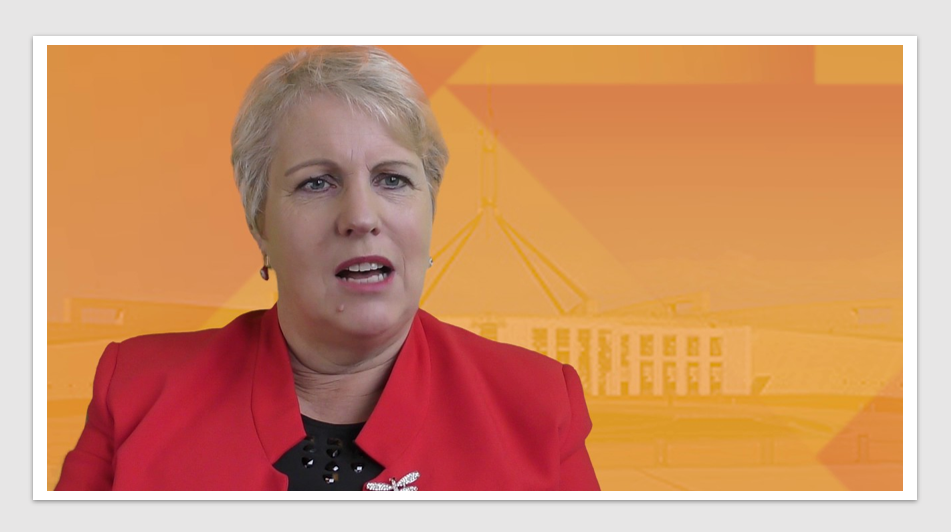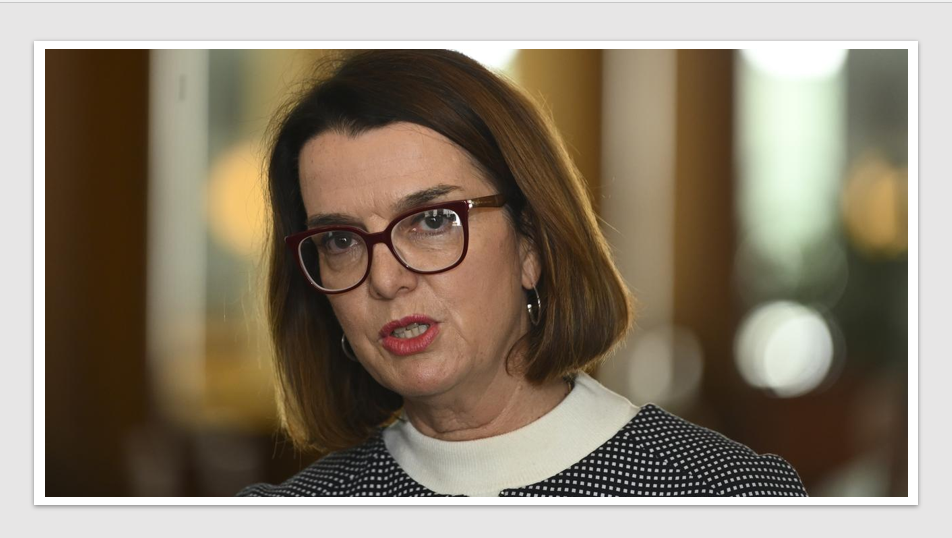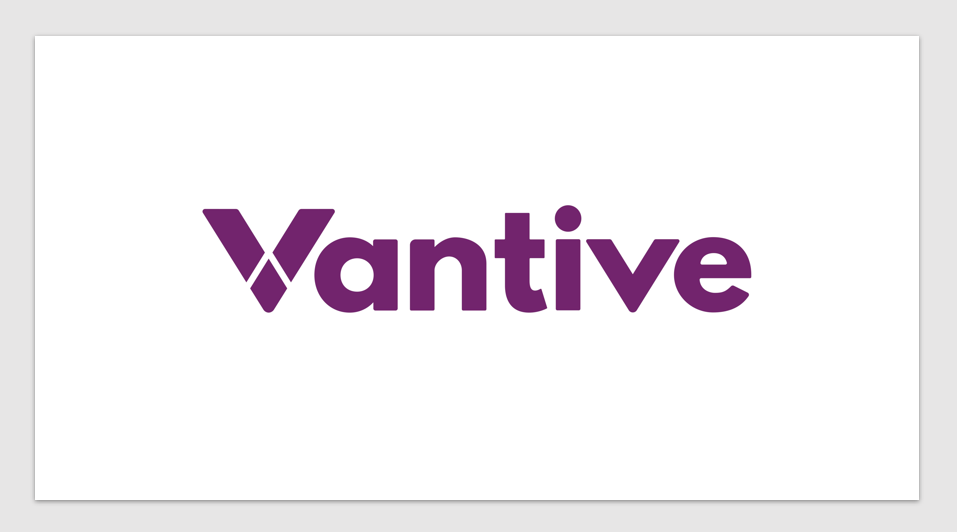Digital & Innovation
Targeted funding of digital health technologies key to unlocking $5 billion in savings: New report

Digital & Innovation: Integrating digital technology into healthcare more effectively could alleviate pressures on our healthcare system and lead to annual savings exceeding $5 billion.
According to the most recent Intergenerational Report, Australian Government health spending is projected to escalate from 4.2% of GDP to 6.2% by 2062-63. This projection underscores the urgency of addressing the growing wait times for patients seeking care, signaling significant supply-side challenges.
Notably, wait times for urgent care have lengthened across the healthcare system. In public hospital emergency departments, the proportion of high-priority patients attended to on time has decreased in recent years. Simultaneously, an increasing number of patients find the wait times for both GP and specialist appointments unacceptably long.
New research from the Productivity Commission highlighted the potential of digital technology to tackle these challenges while preserving or enhancing healthcare outcomes.
“Australia’s health system delivers some of the best outcomes of any in the world – but the cost of this care and wait times to access it are growing. Making better use of digital technology in healthcare could help address these problems while maintaining or even improving outcomes,” stated Commissioner Dr Catherine de Fontenay. “We have made major strides integrating digital technology into healthcare but there are still a lot of potential savings and efficiency gains on the table that governments can help unlock.”
The realisation of these potential savings largely hinges on enhancing the funding and utilisation of existing digital technology. Remote care technologies, in particular, offer considerable promise in enhancing the productivity of Australia’s healthcare system, especially in chronic disease management. However, challenges persist in integrating remote patient monitoring and digital therapeutics (DTx) into broader funding frameworks. Despite isolated instances of case-by-case funding, such as the monitoring of implantable cardiac devices, dedicated reimbursement pathways are lacking.
Remote patient monitoring holds the potential to enable early detection of escalations and complications, leading to timely interventions and prevention of adverse outcomes. Furthermore, Reduced travel time from greater use of telehealth is delivering consumer gains of around $895 million per year.
“The use of telehealth has exploded since 2020, but uptake of other digital-based services like remote patient monitoring and digital therapeutics has lagged behind,” said Commissioner de Fontenay. “Gaps in funding support for these services may be causing patients and practitioners to default to in-person care or forego care entirely, even if it costs the system more in the long run. Governments may need to consider alternative funding approaches to target high-value uses of these new technologies.”
DTx offer patients clinically tested medical interventions in the comfort of their homes, expanding access to care while delivering comparable or sometimes superior treatment outcomes. Despite the potential benefits, DTx are underutilised by patients and practitioners, due to funding gaps, concerns about efficacy of the intervention and the security of sensitive health data.
In mental health, DTx have demonstrated efficacy in treating various conditions including anxiety, depression, insomnia, ADHD, and substance use disorders. Additionally, post-stroke rehabilitation apps have shown promising results, with gaming apps providing greater improvements in upper extremity function compared to conventional care methods.
One notable example of successful integration is Cardihab, a digital-based cardiac rehabilitation service developed by CSIRO researchers in partnership with Queensland Health. This app facilitates personalised rehabilitation for patients recovering from cardiac events or procedures, including education, medication adherence, behaviour modification and psychological counselling. A clinical study by Queensland Cardiovascular Group found that providing patients with an option for digital rehabilitation increased participation from 21% to 63%.
Furthermore, optimising digital patient information accessibility and comprehensiveness for clinicians is imperative. Despite significant investment in the My Health Record system, patient data remains fragmented across disparate digital systems maintained by individual healthcare providers.
“Despite major investment [of $2 billion] in the My Health Record system, patient data is still fragmented and spread across different digital systems maintained by individual healthcare providers,” said Commissioner de Fontenay.”
The useability of My Health Record (currently described as a ‘shoebox of pdfs’) needs to improve in tandem with its coverage. Government should work to break down or ‘atomise’ data in MHR to make it more useful.
“We estimate that making better use of data in electronic medical records systems can save up to $5.4 billion per year by reducing the length of time patients spend in hospital, and $355 million in duplicated tests in the public hospital system alone,” she added.
Enhancing the regulatory framework for AI could also foster trust and confidence among patients, clinicians, and service providers, facilitating the adoption of AI and automation in healthcare. Research indicates that up to 30% of tasks currently performed by the healthcare workforce could be automated using digital technology and AI, freeing up workforce resources for patient care.
Maximising the impact of government funding of digital technologies will require governments to coordinate to their efforts. Both the Australian and state and territory governments have good reasons to invest in remote care. Greater coordination of efforts would help avoid both gaps in coverage and duplication of effort as these new care models gain greater traction.
 In reimagining healthcare across the entire patient journey, Health Industry HubTM is the only one-stop-hub bringing the diversity of Pharma, MedTech, Diagnostics & Biotech sectors together to inspire meaningful change.
In reimagining healthcare across the entire patient journey, Health Industry HubTM is the only one-stop-hub bringing the diversity of Pharma, MedTech, Diagnostics & Biotech sectors together to inspire meaningful change.
The content on Health Industry Hub is copyright protected and should only be accessed under individual user licenses. To subscribe, please click here and visit T&Cs here.
News & Trends - MedTech & Diagnostics

Parliament passes lung cancer legislation
MedTech & Diagnostics News: Lung cancer is the leading cause of cancer death and is responsible for almost one in […]
MoreNews & Trends - Pharmaceuticals

Senator Ruston criticises Budget’s lack of ‘real seamanship’ in tackling pressing healthcare challenges
Pharma News: Senator Anne Ruston, Shadow Health Minister, was warmly welcomed at the Post-Budget event held in Parliament House yesterday […]
MoreNews & Trends - MedTech & Diagnostics

Baxter announces branding for spin-off kidney care business
MedTech & Diagnostics News: Baxter has unveiled the mission and logo for its forthcoming kidney care and acute therapies company, […]
More